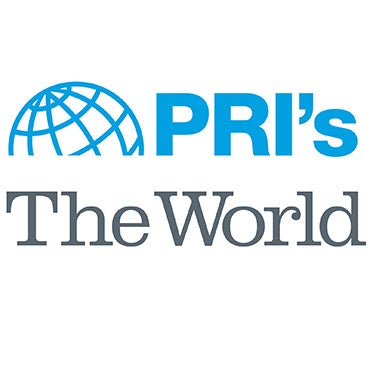A friend request from pharmaceuticals
The drug industry has lagged behind in participating in social networking to market products. But despite the regulatory hazards, pharmaceutical companies are trying it out.
Businesses are looking to social networking websites, like facebook and twitter, to spread the word about their products. For the pharmaceutical industry, online networking could turn out to be a field of legal land mines. But companies are still trying it out.
Listen:
[audio:sci20090223socialnet.mp3]
Transcript:
Analtech is a small biotech company in Newark with a big sense of humor. The company’s website has a Monty Python spoof advertising their product.
Movie: This film is brought to you by Analtech. Short A people, please grow up. And by the cyclograph…
But mis-pronounciation of Analtech, spelled a-n-a-l, is a minor problem compared to Internet firewalls, says spokesperson Ken Grant.
Grant: We’re getting reports from universities and companies saying that firewalls are blocking access to our website just because of the name.
Grant put out an online survey to get feedback about whether the company should change its name.
Grant: And unbeknownst to us, this thing got picked up in social media quickly, the responses were, quite frankly, phenomenal.
Social networks connect people online, who can read about each other and share information. Hundreds of people responded to the survey.
Grant: So that’s going to help guide us in our decisions as we move forward.
Grant is now trying to use networking sites, like twitter, facebook, and linkedin, to create greater buzz about the company’s products.
SFX: People chatter…
At a recent conference in Philadelphia, marketing people for pharmaceutical companies brainstormed ways for their industry to do the same thing. Marc Monseau is the director of corporate media relations at Johnson and Johnson.
Monseau: I think patients going online are increasingly trusting information that are coming from people like themselves rather than the more formal and controlled communications from companies.
Johnson and Johnson has a facebook page for mothers of children with ADHD and has posted ads on youtube. Monseau also blogs and uses twitter to broadcast real time company updates. The viral nature of these sites allows Johnson and Johnson to instantly access consumers and provide more information on products. But there’s a catch, says Steve Woodruff, the president of marketing company Impactiviti.
Woodruff: The way the web is going with social media, however, is all about user participation, dialog, user-generated content. Everything that goes against one-way, centralized communications.
One of the big problems with two-way marketing is something called adverse event reporting. Companies are required to send the Food and Drug Administration instances of bad things happening to people taking their drugs. Typically, there is a specific protocol with a doctor to report adverse events.
Woodruff: If somebody comes on to a company blog and says, I just grew a third leg and I was taking your drug, and you don’t know who that is, you don’t know how they were taking the drug, then you have what could be construed as an adverse event report, but there’s not a whole lot you can do about it.
Companies still have to abide by the usual marketing regulations. But there’s not a whole lot of guidance from the FDA regarding social networking, says Pharma Marketing blogger John Mack.
Mack: The FDA, well frankly, they’re pretty swamped already with trying to review print and TV ads and they can’t even keep up with that. How are they going to keep up with the Internet?
And how can consumers trust the information? Bill Vaughan is a health policy analyst at Consumers Union. He says there needs to be guidelines to protect patients from covert advertisers posing as Facebook friends.
Vaughan: Consumers need to be suspicious. This person says it’s great. Are they on the payroll? Did they get a trip to Hawaii to talk about it? There’s more than meets the eye in some of these testimonials.
But online marketing might actually be useful for consumers. John Mack at Pharma Marketing says there’s a lot more information a company can relate about side effects and drug interactions online, than in a 30-second TV spot.
WHYY is your source for fact-based, in-depth journalism and information. As a nonprofit organization, we rely on financial support from readers like you. Please give today.

